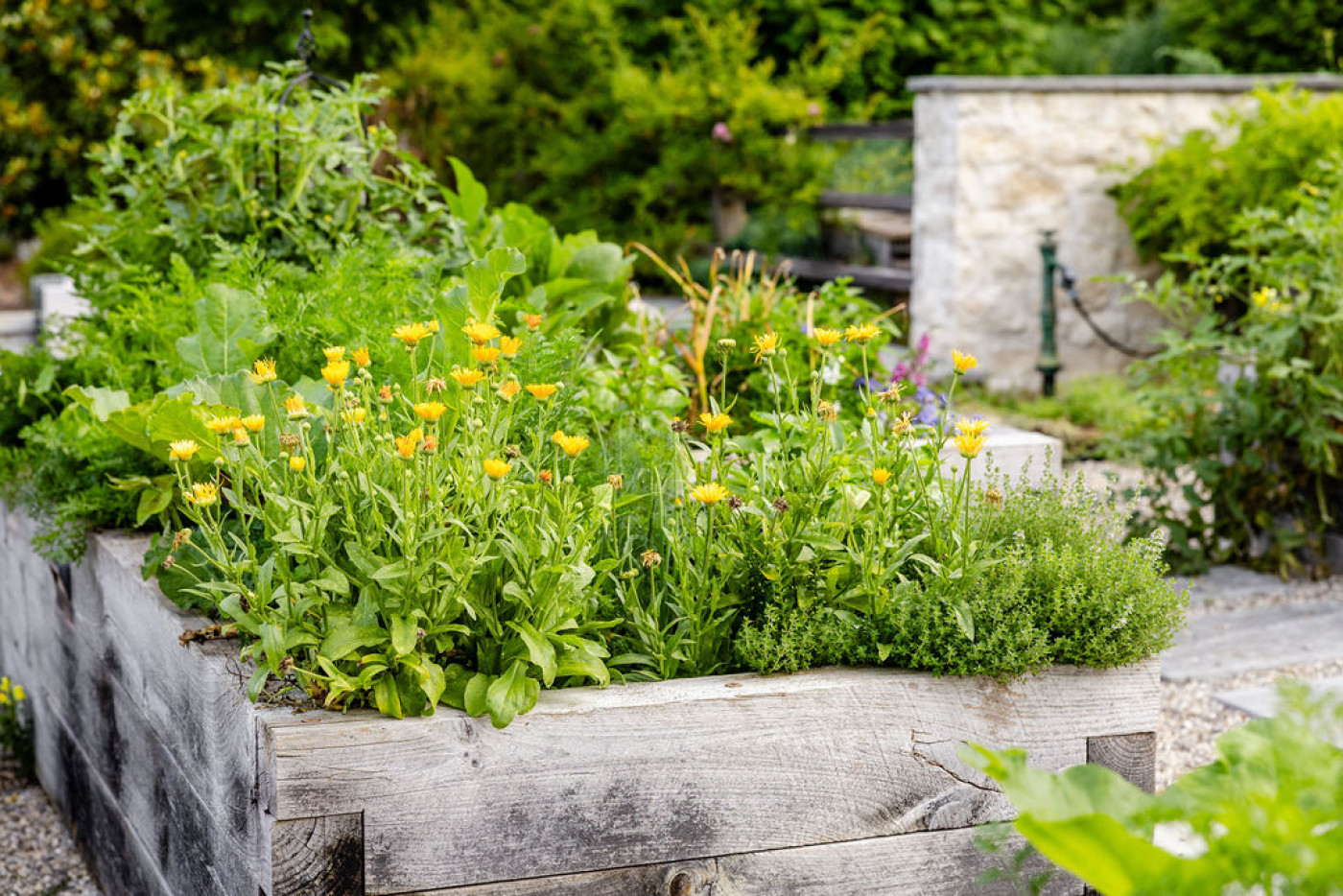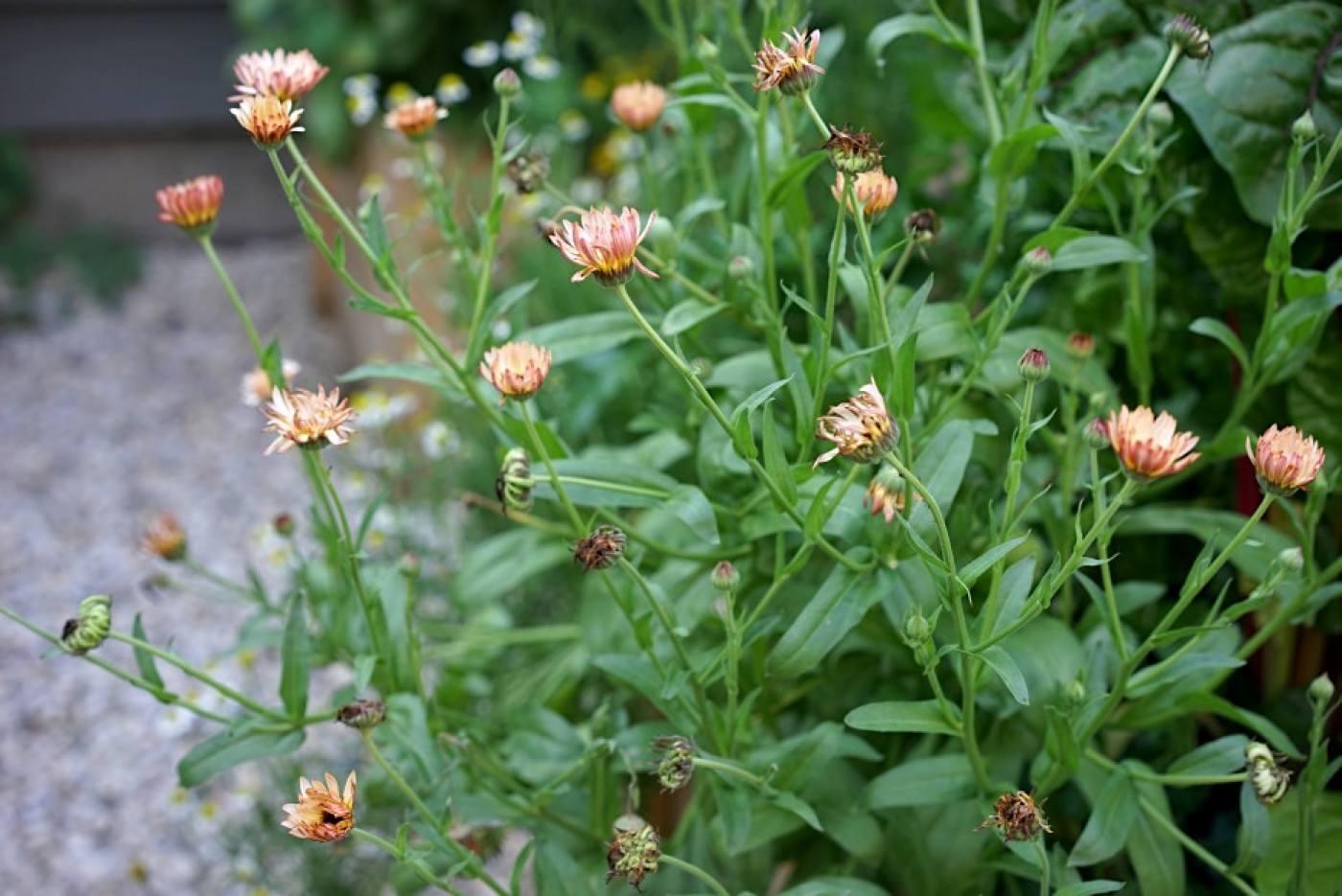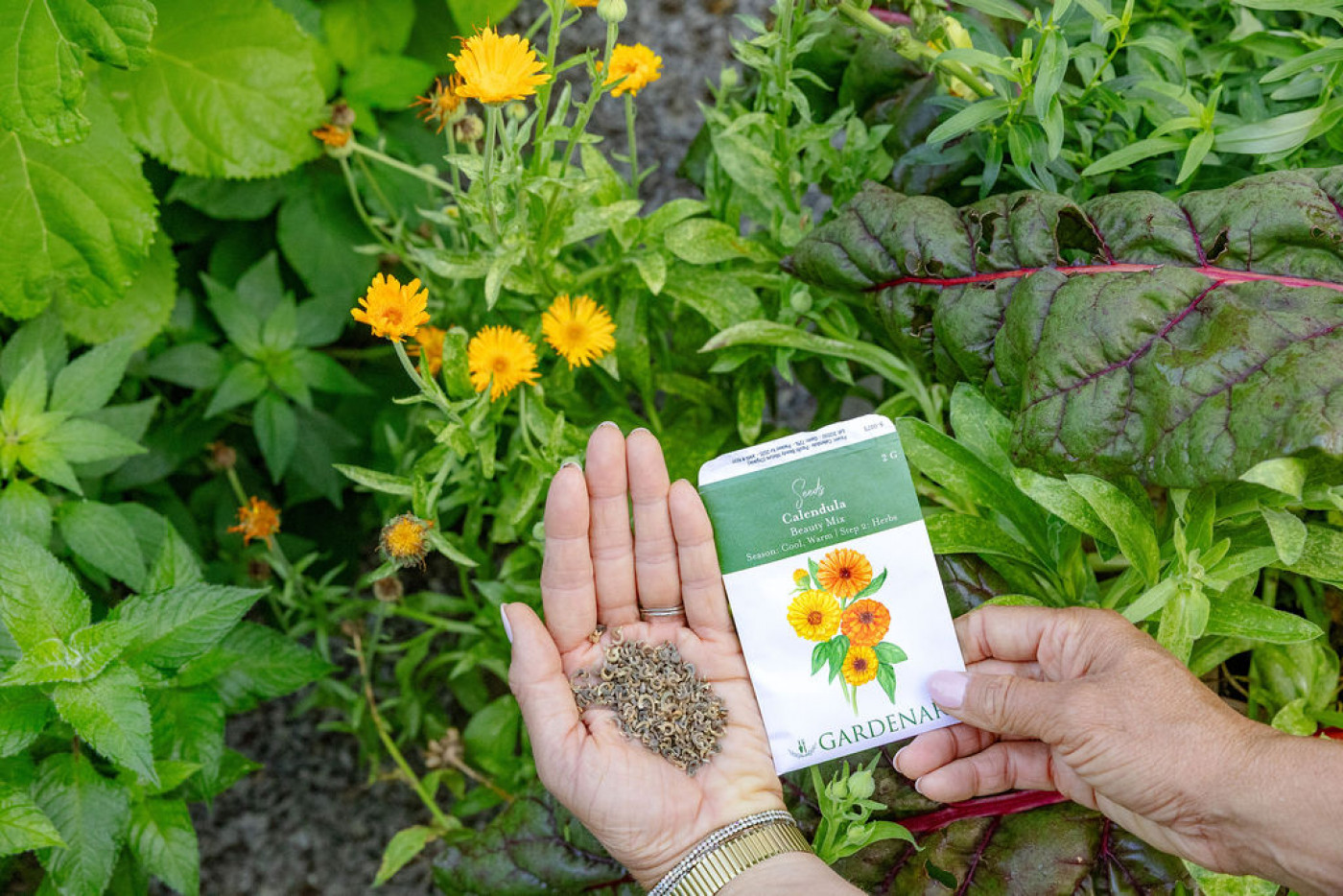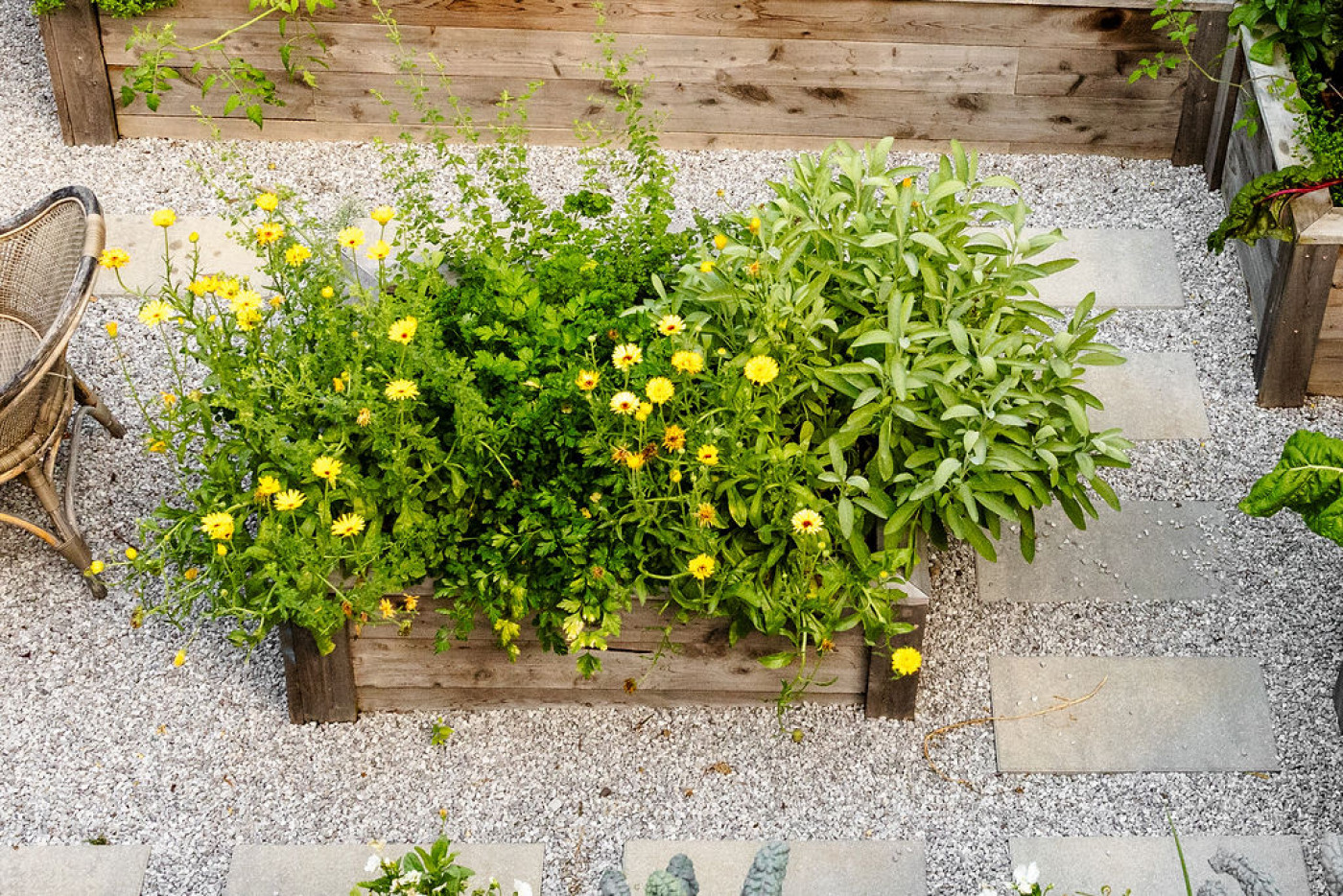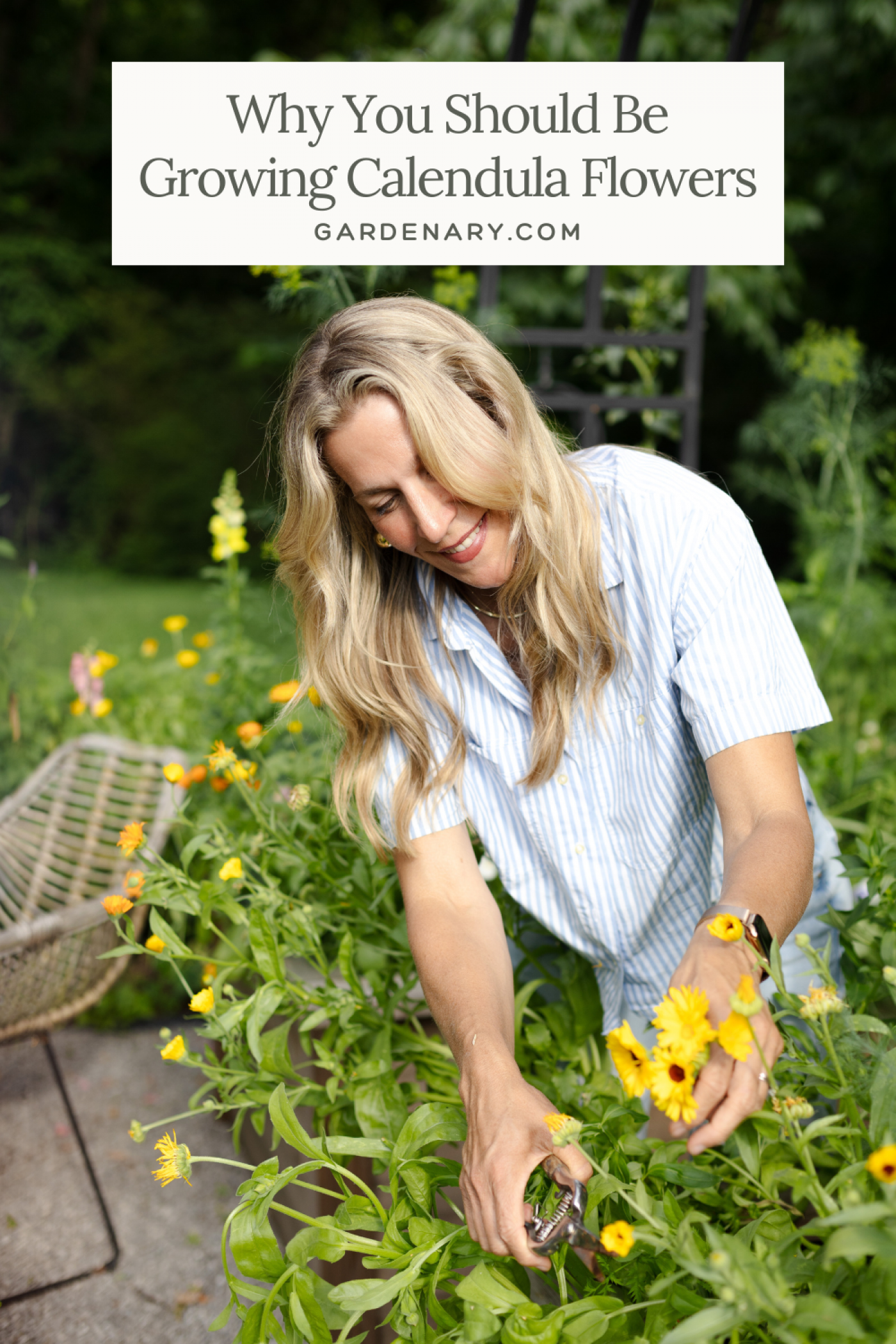Calendula Is One of My Favorite Flowers to Grow in My Kitchen Garden
Calendula is easy to start from seed, the flowers are beautiful and bring a cottage look to my plantings, and the plants have proven to be great for maintaining the health of my organic kitchen garden. This flowering herb grows well in almost any spot of my raised beds and even inside my in-ground pollinator garden.
Read on to learn why I love growing calendula and why you should plant this herb yourself this spring, too.
At a Glance
- Calendula is a medicinal herb known for its antioxidant and anti-inflammatory properties; it can be enjoyed either internally by drinking tea from dried calendula blooms or externally by creating calendula salve or oil.
- Calendula flowers attract a variety of beneficial insects, including bees and butterflies, which are essential for plant pollination and productivity.
- Calendula helps protect your vegetable garden from pests by serving as a trap crop, attracting pest predators, and even repelling animal pests like rabbits with its scent.
Reasons to Grow Calendula
Calendula Is Easy to Grow from Seed
I'm always looking for plants that grow easily from seed, and calendula is one of my top picks.
One reason for its ease in growing from seed is the fact that calendula seeds are quite large compared to other flower seeds. When seeds are larger, it's much simpler to space out the seeds and know the necessary depth for planting.
Not only are the seeds bigger and easy to handle, they're also very dependable with their germination. That means you've got a good chance that each seed you sow will wake up and grow into a seedling. I've found with calendula that the germination rate is almost always 100%, meaning for every seed I plant, I get a healthy seedling in return.
Those are good odds, don't you think?
Calendula Is an Edible Flower with Healing Properties
Calendula isn't just good for your garden and its health, it's good for your health, as well.
Calendula is a medicinal herb known for its antioxidant and anti-inflammatory properties that can be enjoyed either internally by drinking tea from dried calendula blooms or externally by creating calendula salve or oil. In other words, calendula doesn't just look pretty, it can make you feel pretty great, too.
There are ways to enjoy this edible flower even if you're not looking for any health benefits. You can dry and use the petals as a (free!) saffron-like seasoning. You can toss the petals into your salad bowl to add some pops of color or use the flowers as a garnish.
I enjoy using calendula both to make healing salves and massage oils, as well as for homegrown teas and tinctures. I love this list of ideas on how to use calendula blooms from The Nerdy Farm Wife.
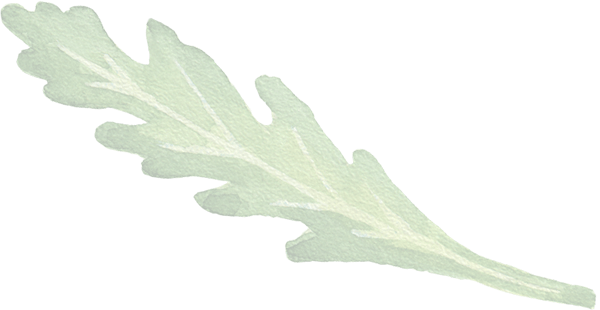

Calendula Flowers Attract Tons of Pollinators
Calendula makes a wonderful companion plant for your favorite fruits and vegetables because it actually helps to increase your garden's productivity. Calendula flowers are rich in nectar and pollen, so they're super attractive to a variety of beneficial insects, including bees and butterflies, which are essential for plant pollination. That means more of those flowers on your tomato and cucumber plants will turn into tasty fruits you can harvest.
Plus, I love pairing the bright yellow, orange, and peach of calendula blooms with flowers in other colors for showy spring or fall color in my garden.
Calendula Protects Your Veggies from Pests
Calendula grows best during the same time as leafy greens like lettuce and kale, and it actually makes an ideal trap crop. A trap crop is simply a plant that's used to attract pests that would otherwise attack other garden crops. In other words, calendula can be the perfect decoy for your leafy greens—attracting all the aphids and caterpillars its way with its shiny and beautiful flowers so that those bugs stay away from your beautiful organic salad greens.
And the good news? The flowers are still completely pick-able and edible even when aphids are hanging out on the stalks.
Besides aphids, calendula also attracts lots of predatory insects like ladybugs, lacewings, and hoverflies (aka syrphid flies). These garden good guys help control populations of aphids, thrips, flea beetles, and other garden pests.
And if that weren't enough, the smell of calendula repels rabbits and masks the scent of your tender veggies from pests that use smell to locate their next snack (like slugs).
Calendula is basically a cheap form of organic pest control, so interplant it with tomatoes, cucumbers, peas, carrots, squash, basil, salad greens, peppers, and so much more.
Naturally protect your garden while adding beauty and biodiversity.
This curated seed set includes powerful herbs and flowers known to deter pests and attract beneficial pollinators, creating a balanced, organic ecosystem in your garden. Ideal for gardeners who want to grow without chemicals, the Gardenary Pest Control Collection features vibrant, fragrant plants that both beautify and defend your beds.
Calendula Protects Your Kitchen Garden Soil
Another reason I love growing calendula is because it helps maintain the health of my kitchen garden soil.
In the garden, bare and exposed soil is not ideal. With calendula planted in corners or along the borders of your kitchen garden, you'll know that there will be less bare soil, and this means less watering, less weeding, and less worrying.
Adding calendula throughout the kitchen garden helps ensure that there will be diversity throughout your garden beds and less exposed soil throughout the growing season.
Time to Plant Some Calendula Flowers
Have I convinced you yet?
For me, calendula is a must-add to the vegetable garden each year. I'll be planting calendula along the edges of my raised beds in early spring and will plan to harvest the blooms all summer and fall long.
Check out our complete guide to growing calendula HERE.
Gardenary's Organic Pest Control Method
Stop fighting pests. Instead, start gardening with them in mind. No panic. No harsh sprays. No endless guessing. Just a thriving, abundant garden that practically protects itself. With the Organic Pest Control Method, you’ll learn the exact steps I take to grow naturally and confidently, season after season.


